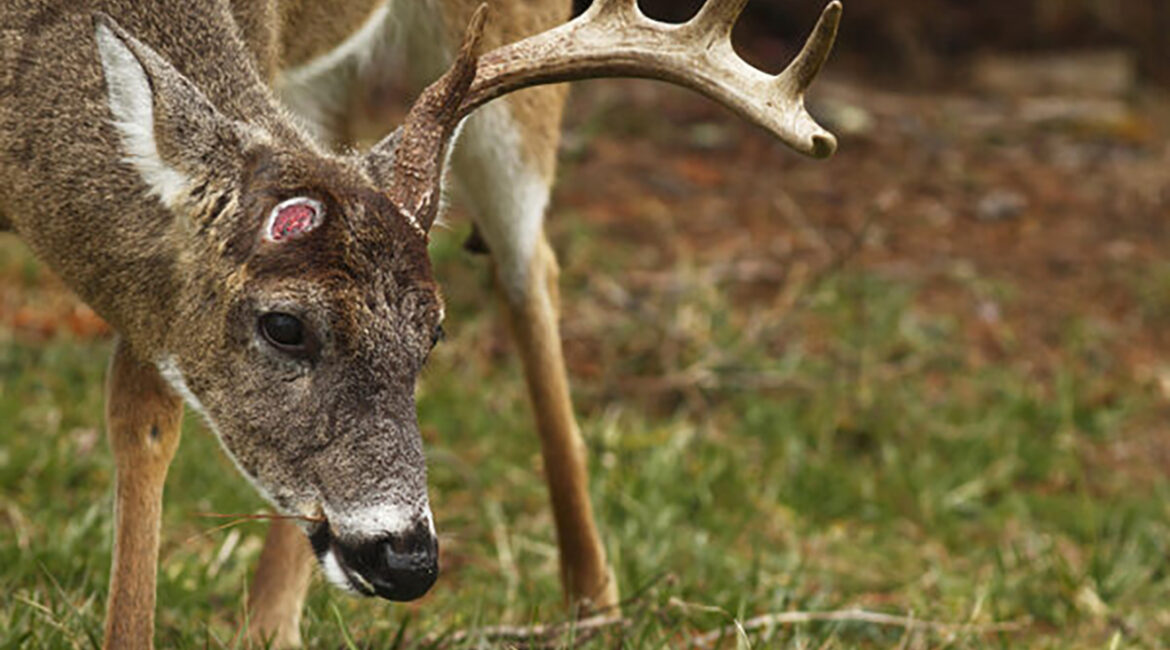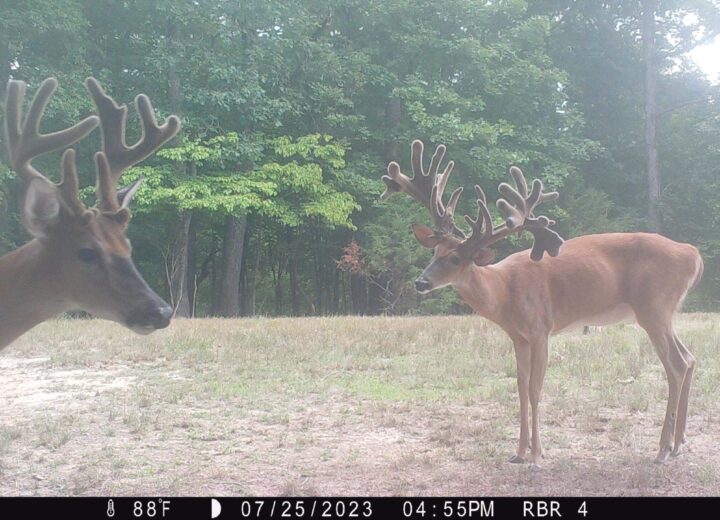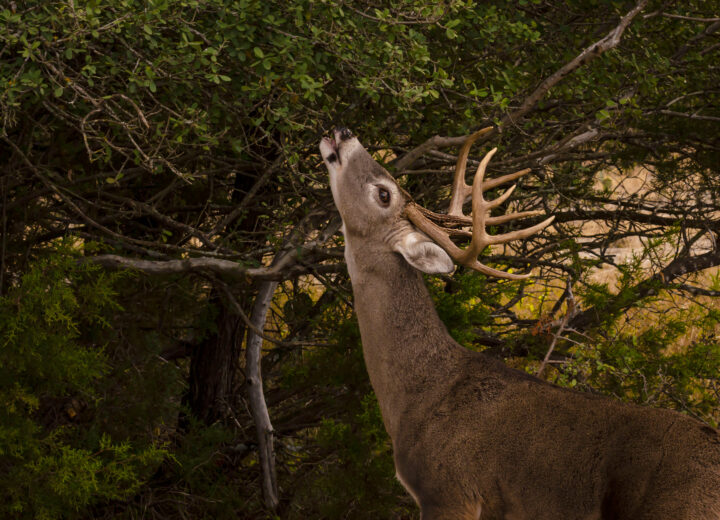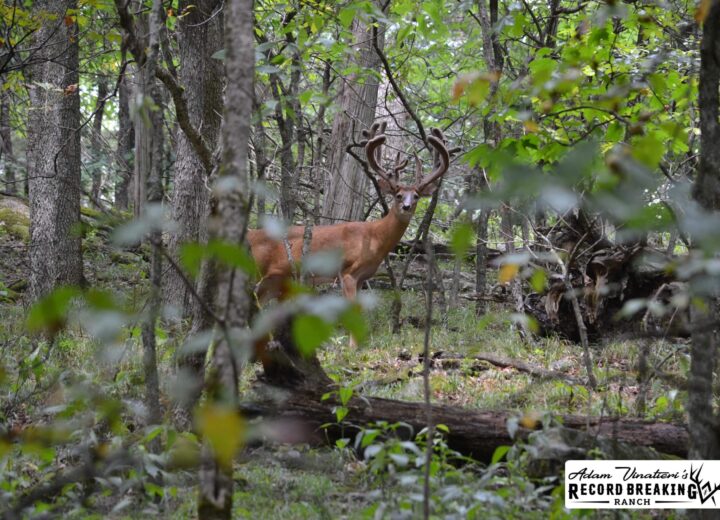
Whitetail Shedding
Whitetail deer, like many other deer species, go through an annual antler shedding process. Here’s a more specific overview of the antler shedding process in whitetail deer:
- Antler Growth: Whitetail deer typically begin growing their antlers in the spring and summer months. During this time, the antlers are covered in a layer of velvet, which is rich in blood vessels and helps supply nutrients for rapid growth.
- Antler Hardening: As the fall approaches, the antlers start to mineralize and harden. The velvet is eventually rubbed off or peeled away against trees and vegetation.
- Rutting Season: Whitetail deer use their antlers primarily during the rutting season, which occurs in the fall. Bucks engage in battles for dominance and mating rights.
- Post-Rut Period: After the rutting season, typically in late winter to early spring, whitetail bucks experience a decrease in testosterone levels. This hormonal change triggers the weakening of the connection between the antlers and the pedicles (bony base on the skull).
- Antler Shedding: The weakened connection eventually causes the antlers to fall off. The shedding process can occur from late December through March, with variations depending on factors such as geographical location, age of the deer, and overall health.
- Regrowth: Following the shedding of antlers, the regeneration process begins. New antlers start growing, and the cycle repeats.
It’s worth noting that the timing of antler shedding can vary among individual deer and may be influenced by environmental factors, nutritional conditions, and genetic factors. Additionally, older and more dominant bucks often shed their antlers earlier than younger or less dominant ones. The shedding and regrowth of antlers in whitetail deer play a crucial role in their reproductive strategy and overall health.






0 Comments